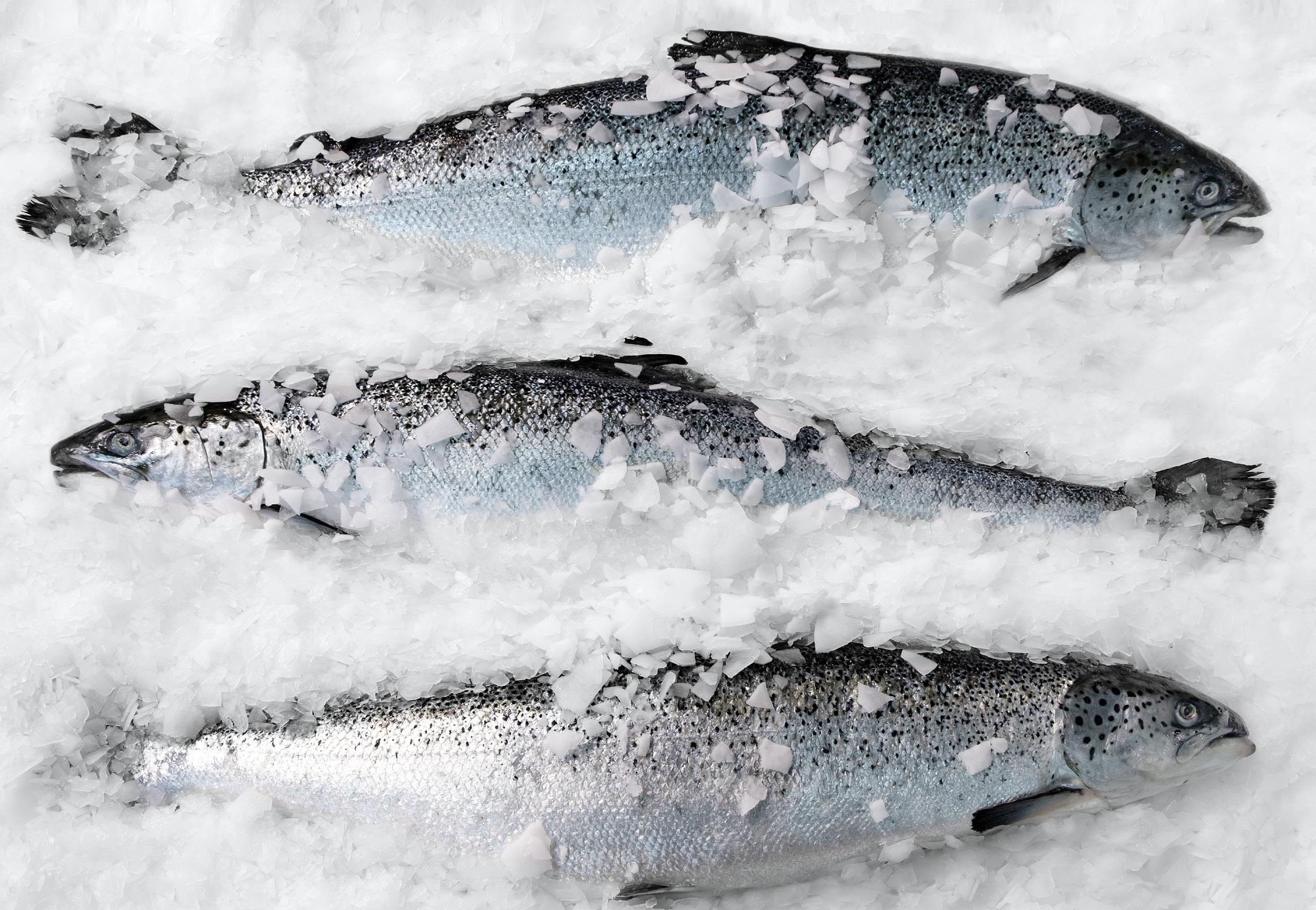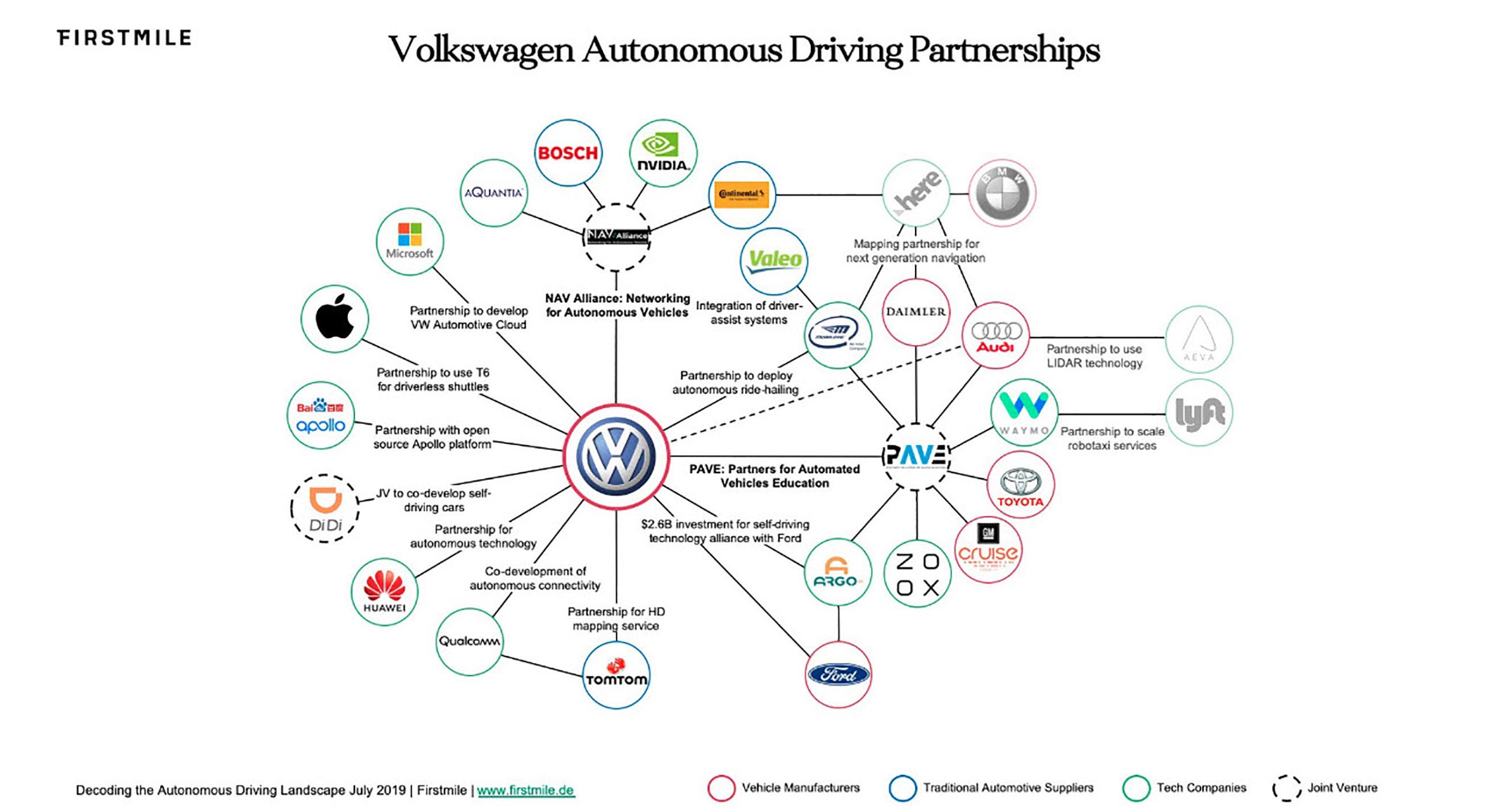BI MARKETING MAGAZINE 2020
Trusting the “experts” is turning us all into pandemic pessimists The recent economic shutdown caused by the Covid-19 outbreak has created a totally new and unprecedented business risk: over-pessimism.
In contrast, managerial and consumer research has most often focused on issues associated with over-confidence. For example, most drivers rate themselves above average, and the vast majority of entrepreneurs and managers believe they will be successful, but such optimism cannot logically be true since approximately 50% of drivers, entrepreneurs, and new products are below average or failures. Although such over-confidence can be problematic at the individual level, it can be useful at the macrolevel, because without it most people would probably never dare drive a car, and many new businesses and products would never get started or funded. Predictions that millions would die from the spread of the coronavirus have seemingly overwhelmed our typical overconfidence this year, and led to unprecedented government restrictions on economic ac-
12
tivity and personal freedoms. These shut-down justifying predictions are based on pandemic models such as those by epidemiologist and professor of mathematical biology Neil Ferguson at Imperial College London, which initially predicted up to 2.2 million deaths in the United States and 550,000 in the UK. Fortunately, such estimates have proven to be greatly exaggerated, as it currently appears that Covid-19’s death rates, including its overwhelmingly elderly and sick victim profiles, are within the range typically expected during a bad flu season (Morefield 2020). No health crisis or pandemic over the past 100 years has resulted in so many economic and civic activity restrictions, or quarantines of so many healthy people as we have seen during this year’s Covid-19 pandemic, and the question remains why governments reacted so forcefully in 2020 to predictions
ERIK OLSON, Professor, Department of Marketing
coming from modelers who have been so consistently and pessimistically wrong.
50 YEARS OF FAILURE I have not been able to find a single instance of a widely reported or followed pandemic model that was not wildly off in a pessimistic direction over the past 50 years. For example, the same Professor Ferguson also predicted 200 million deaths from the 1997 avian (bird) flu (actual deaths: 440), and up to 50,000 deaths from the Mad Cow Disease in the late 1990s (actual deaths: about 200), but Ferguson is not alone in his consistent pessimism as it is a widespread phenomenon among pandemic modelers (Fumento 2020). This consistent and exaggerated bias towards pessimism is not only associated with health pandemics, however, but also models of global sustainability and climate change that have
frequently been used by environmentalists and politicians to promote and implement industry regulation and the curtailment of citizen freedoms. Such pessimism is reflected by predictions of mass starvation, resource depletion, and evergrowing pollution and poverty from the first Earth Day in 1970 (Perry 2018). Yet 50 years later, the biggest public health problem is obesity rather than starvation, oil prices briefly dipped into negative values due to over-supply, air and water are cleaner in developed nations than at any time since the Industrial Revolution, and global poverty is at an all-time low. These examples suggest widespread bias on the part of modelers, because if prediction errors were random it would be expected that approximately half the models would predict fewer than actual bad outcomes and half would predict more.












